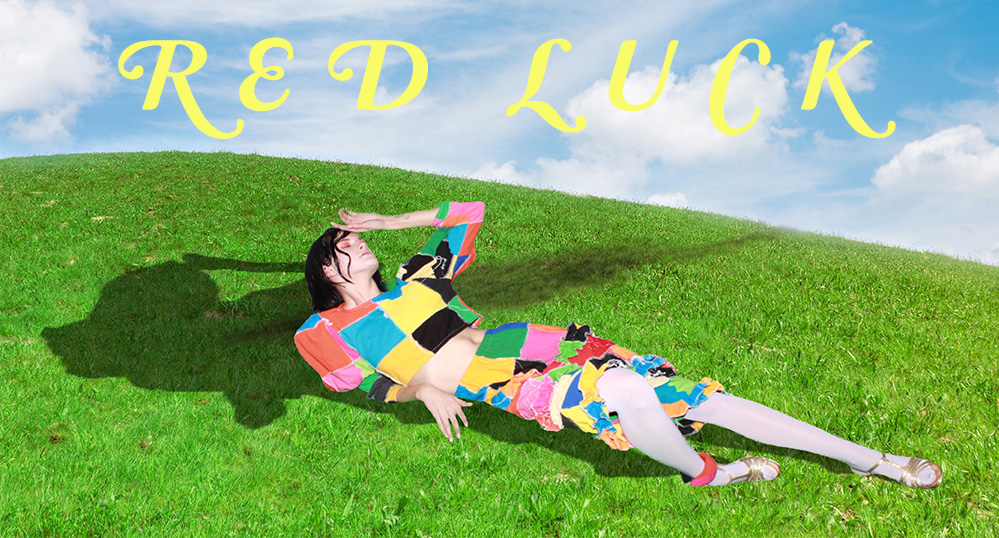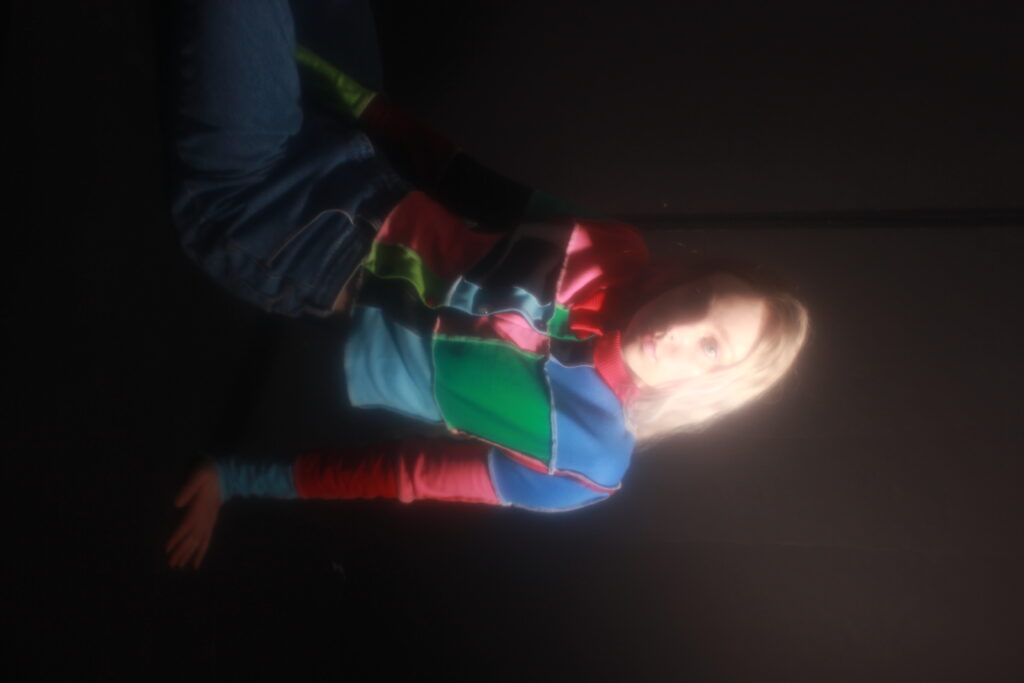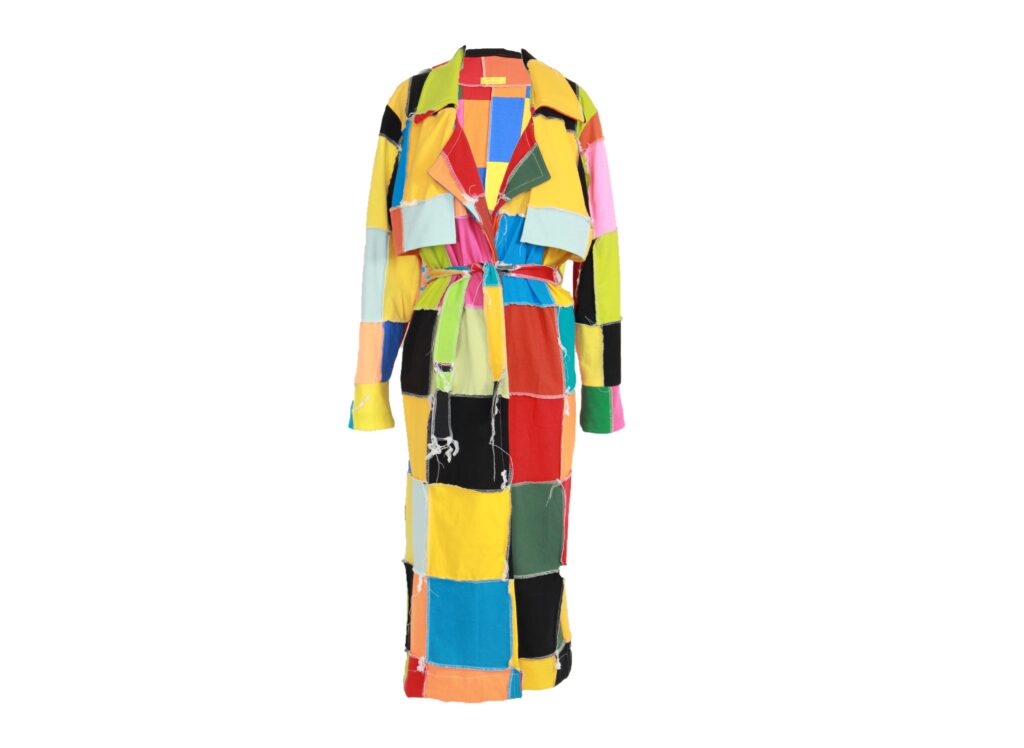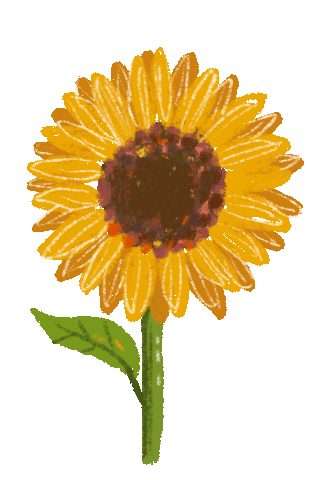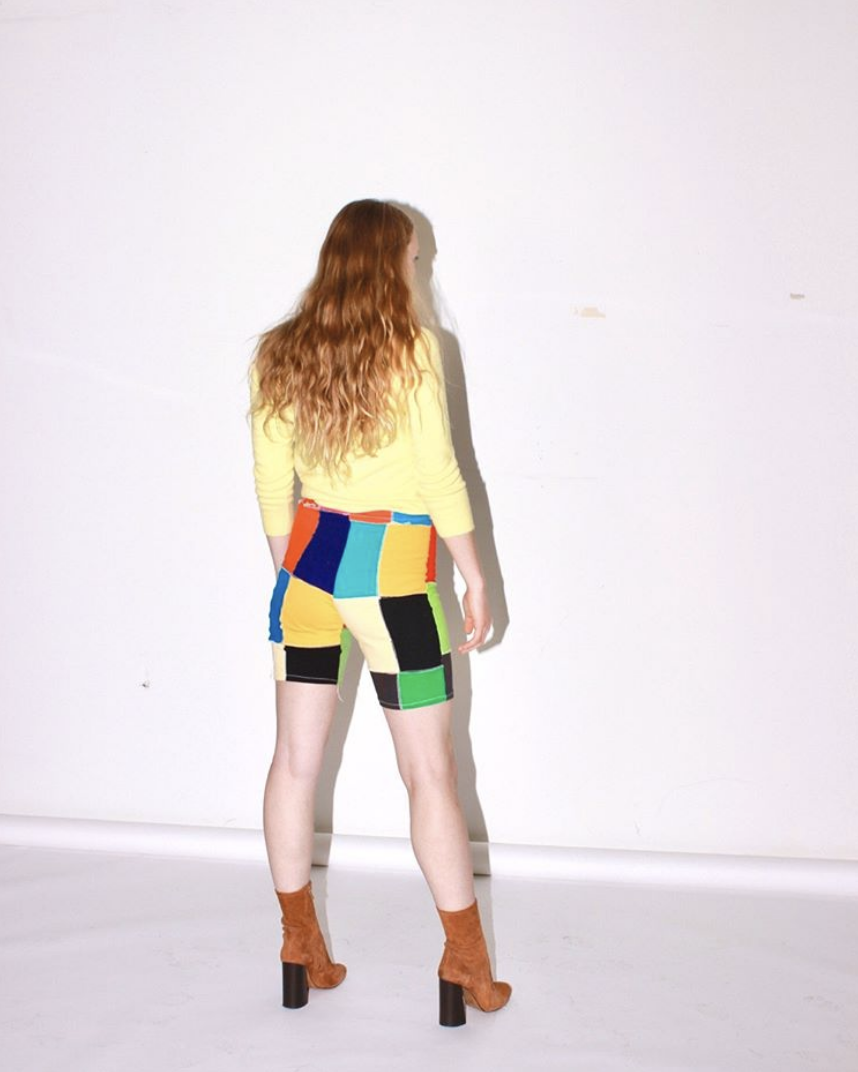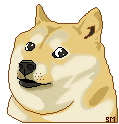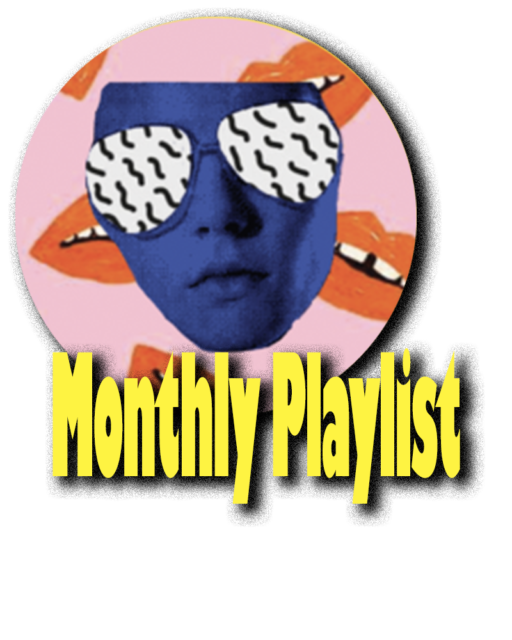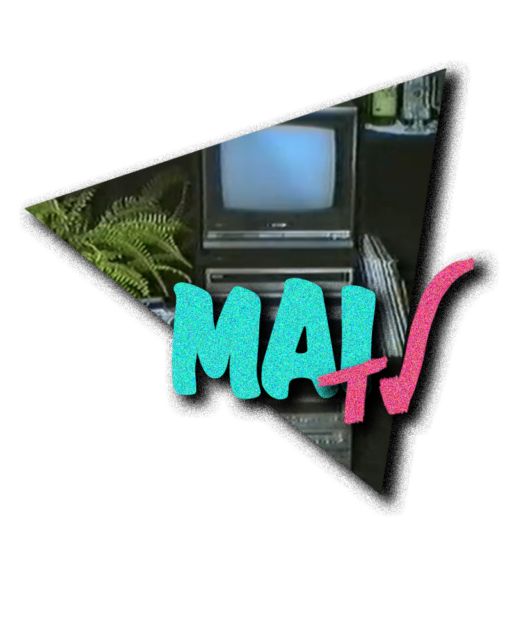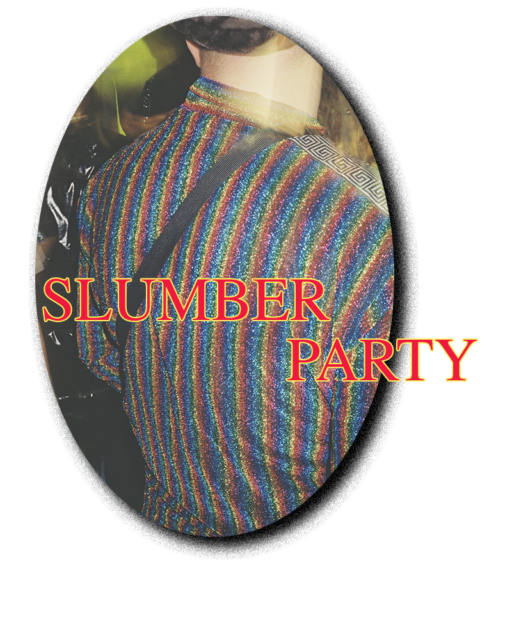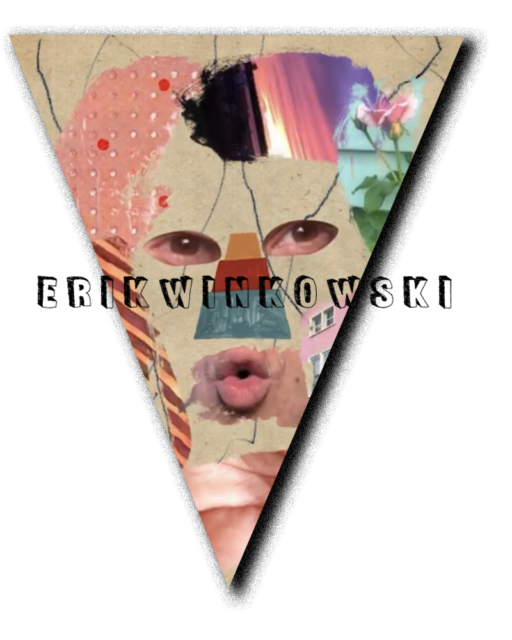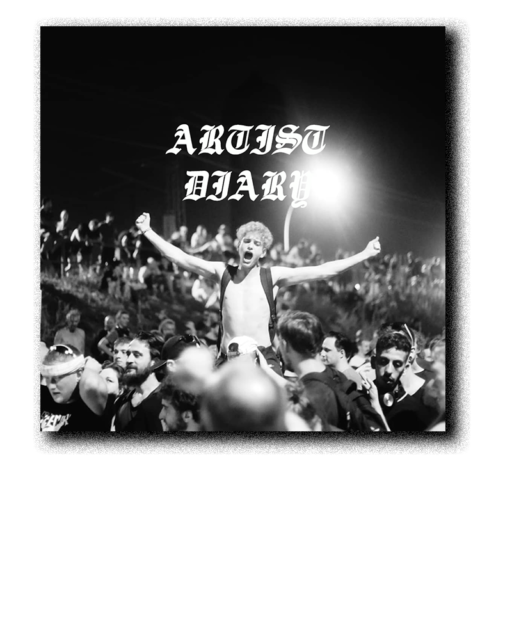For Red Luck, equity and sustainability are at the forefront of the brand’s efforts. The line was born out of Isa Cruz’s dream for a better, fairer, and more fulfilling work environment than the world she had previously known. Her and Molly now run the shop out of Portland, Oregon, since Cruz founded the company back in 2013. Their first steps were in the vintage clothing arena, selling beautiful garments they found. From there, they evolved to also produce their own pieces from ‘community cloth’, a handmade fabric made out of salvaged textiles. The result is a distinctive, vibrant, and beautiful patchwork style that is meticulously crafted and immediately brings its origins to light. The pair felt it was important to elevate this concept of community cloth; by creating elegant silhouettes and an overall reimagined take on the fashion industry, together they are redefining what it means to be an ethically responsible and eco friendly company. It’s a time-consuming and strenuous process, but Isa and Molly are committed to circumventing the toxicity of fashion, being proud of the work they’re producing, and continuously learning and challenging themselves to reach even greater heights.
So you started out as a vintage shop first; what role does selling vintage clothing play now?
Molly: Vintage was the first love and is still close to our hearts. We have quite the back stock and so many good pieces we still want to share.
Isa: We cut our teeth on vintage, which I think is a great way to start a clothing business when you have no money. I agree, vintage is forever. We won’t pass up the opportunity to share great finds. Salvage everything.
How did you transition into making your own line of clothing?
Molly: We jumped right in. Taught ourselves a lot, worked with a pattern maker, and made a ton of mistakes. It’s been such a journey, learning curves everywhere, but the best decision ever. It’s been a lot of fun.
Isa: With the brick & mortar, we had to cater to the foot traffic to survive financially. Within reason, Red Luck has been my art and my passion. I wanted more control over what I put out into the world. All signs pointed to cut & sew.
Can you describe the process of making your fabrics by hand, and where you salvage the textiles you use to make the Community Cloth?
Molly: Anywhere we can get it, really. We started out by picking up shirts when we would do vintage runs. The fabric for our next collection came from a local mall. A literal truck load of pieces they had nothing to do with, but we’re ecstatic about. Making the fabric was the biggest hurdle at the beginning, so much trial and error. We take each piece, cut it up into specific sized squares, lay out our color pattern, and sew it all up. Time consuming but eco friendly!
Isa: Our fabric is local waste, truly cloth made by this community. We’ve created a way to make fabric out of what the community has thrown away while retaining consistency and quality. It takes so much time, but we don’t spend a dollar on sweatshops or factories for our fabric. We are a part of the fashion community but we have no ties with that side whatsoever. Our customers will never touch the bad stuff. I feel very strongly about business being responsible for its production, across the entire supply chain. We have a setup everyone can feel good about supporting.
Would you rather be transported permanently 500 years into the future or 500 years into the past? What would you do?
Molly: 500 years in the future, for sure. I bet there will be some crazy cool technology.
Sustainability is obviously a major factor for you; what is the one thing you would want to change about the fashion industry?
Molly: We all know how toxic fast fashion is. I would change the expectations that fast fashion has created for consumers and designers. Clothes should be made with quality and love! People deserve living wages! Our customers and lots of other great brands are really helping to change that.
Isa: Everything the documentaries say is true. One thing that’s been on my mind recently is why don’t more people sewing in factories look like me?
What is your go-to Karaoke song? Why?
Isa: Que Sera Sera by Doris Day. It’s my mantra and I enjoy everyone singing it in chorus.
How did you come up with the name of your brand?
Isa: I was a database consultant drowning in student loan debt. I was living in San Francisco and my company was flying me out every Monday on assignment. I had a new rental car each week, per diem for sushi dinners, and a maid to clean my hotel room. I felt very fortunate and completely awful. Sitting at my cubicle, I thought, “I need something to get me out of this.” I was already lucky enough to have a job and pay my bills. I needed something more than that. Something good and exciting and advancing. Not just any type of luck. Ta-dah~ Making Red Luck a fulfilling place to work is still one of my main goals.
What was the best piece of advice you ever received – whether in life, or business?
Isa: Love people, mostly yourself.
Do you have a particular favorite piece in your collection?
Molly: The Zinnilion wrap dress. She’s such an easy piece but feels so elegant – if it’s not comfortable and chic, I don’t want it. I pair it with my favorite jewelry and some sneakers for a work from home look.
Isa: The Lilidrop trench coat. Having not studied fashion, I was worried I would suck at sewing and making clothing. I wanted to do a very difficult garment to challenge ourselves. That trench coat is so good, I feel confident designing anywhere we want to go. Our next collection is taking another step.
What are you working on next?
Molly: So much. Mostly our next collection, of course. New fabric, color ways, and silhouettes for fall. It’s a little different from what we’ve released so far, we can’t wait to share.
Isa: We’re pushing ourselves with this next collection. We want people to realize community cloth can do it all.
Article written by Alison Amos
